Environmental Field Research Station In Suszek
- University of Lodz
- Environmental Field Research Station In Suszek
About the station
Environmental Field Research Station in Suszek is located on the edge of Bory Tucholskie, about 3 kilometres from the buildings of Rytel in the South Pomeranian Lake District, in the vicinity of the picturesque Lake Suszek. It was created on the premises of the former Suszek forester's lodge.
In the facility of the environmental field research station we offer our guests comfortable rooms in a brick building and a wooden cabin. The facility is fenced, lighted and adapted to the needs of the disabled. There is an arbour with a barbecue area, a volleyball court and free parking spaces for cars.
The facility is a perfect place for people who are fans of active recreation. Field classes for students take place here, especially for students of the Faculty of Biology and Environmental Protection, University of Lodz, and research work of scientists.
In the facility you can:
- rest and recharge your batteries,
- enjoy sports outdoors (volleyball, balls, badminton, bicycles are available),
- organise meetings, conventions, trainings, meetings (in a conference room),
- spend time under a roofed grill.
Walks and trips around the area provide you with the opportunity to:
- get to know the local nature, the surrounding lakes;
- learn about the history of the area;
- visit monuments in nearby towns, such as: Chojnice, Tuchola..
Location and vicinity of the station
The environmental field research station is located on the edge of Bory Tucholskie, about 3 kilometres from the buildings of Rytel in the South Pomeranian Lake District, in the vicinity of the picturesque Lake Suszek.
Attractions of the area include the Brda River and the Great Brda Channel, which attract kayaking enthusiasts. Rytel is, therefore, an excellent stage point for kayaking trips. Worth seeing here: the neo-baroque church of the Blessed Virgin Mary, Queen of the Holy Rosary, the remains of the Evangelical cemetery located in the village.
Approx. 3 km from Rytel there is the Mętne nature reserve (3 km) – the largest cluster of low birch in Pomerania.
- LAKE SUSZEK with an area of 11 ha, max depth of 4.8 m, average depth of 2.9 m and LAKE ŚPIEREWNIK with an area of 138.9 ha, maximum depth of 14 m, and the average depth of 5.2 m and their surroundings
- MYLOF DAM with a picturesque water culvert and the BRDA CHANNEL being an excellent stage point for kayaking trips. At the dam at Zakład Hodowli Pstrąga (Trout Breeding Facility) – Mylof Spółka z o.o. you can buy fish, including very tasty smoked trout.
- ZAJAZD FOJUTOWO (FOJUTOWO INN) with a swimming pool complex, ski lift, observation tower, tennis courts, go-kart track and other attractions for children and adults, and with an aqueduct of 75 m, which makes it the longest such a facility in Poland, being the intersection of two watercourses – Wielki Kanał Brdy with Czerska Struga.
- THE CASTLE AND CEMETERY in RACIĄŻ. The castle is located on the shore of Lake Śpierewnik, three kilometres from the village of Raciąż. In the 13th century, the Castle performed administrative functions in the southern part of Gdańsk Pomerania. The medieval stronghold has been reconstructed – the entrance gate with a part of the fence, moreover, you can see the visualization of the arrangement of fortified buildings and the location of fortifications and the cemetery. The fully examined 13th-century burial ground contained 67 skeletal burials situated in an east-west line. Most of the tombs had clear outlines of burial pits and fragments of wooden coffins. The deceased were buried on their backs, only in 2 cases in a contracted position.
- MĘCIKAŁ The town is located on several hills on the border of the Bory Tucholskie National Park and the Zaborski Landscape Park. The area is cut with picturesque lobelia lakes. About 3 km from the village there is the "Green Palace" – a reconstructed bunker of the Secret Military Organisation "Gryf Pomorski".
- MĘTNE RESERVE. It includes Lake Mętne and the surrounding wetlands. There are interesting elements of flora and fauna in the reserve, including: round-leaved sundew, wild rosemary, bog-sedge, common European viper, grass snake, slow worm and cranes.
- KAMIENNE KRĘGI RESERVE. It is the largest and the best known in Poland, and the second in Europe, floristic reserve with concentrations of lichens on boulders with a complex of barrows and stone circles, covering an area of 17.00 ha. It is located here: 10 complete circles and 2 pieces of circles (the smallest with a diameter of 15 metres, the largest 33 metres); 30 mounds with a diameter of 8-12 metres and over 600 graves. On its premises there are paths equipped with information boards.
- THE BATTLEFIELD OF CHARGE AT KROJANTY The site of the historic charge of the Polish cavalry during the September campaign on 1 September 1939. For several years now, patriotic celebrations and a spectacle have been held here to commemorate the famous charge of the 18th Pomeranian Cavalry Regiment at Krojanty. The largest cavalry historical and military show in Poland, held every year on 1 September.
- CHOJNICE, CZERSK, TUCHOLA and other cities with interesting history and monuments worth seeing.
- In the vicinity of Rytel, there is a private stud farm and a horse riding school, a hunting shooting range, and kayak and bicycle rentals.
- HIKING AND CYCLING TRAILS. The nearby town of Rytel is crossed by hiking, biking and kayaking routes.
- Family Amusement Park – Sieroczyn 4A near Człuchów
- Aquapark Centrum Park in Chojnice
- Experimentarium in Chojnice
- Kashubian Folk Handicraft House in Swornegacie
- Pirate ship TUR in Charzykowy
- Regional Museum in Człuchów
- North American Indian Cultural Museum Sat-Okh 'a (Wymysłowo 1 near Tuchola)
- Kashubian Ethnographic Park in Wdzydze Kiszewskie and the lake, swimming area, observation tower, Stolem ship cruise
- Bory Tucholskie National Park
- Museum of Country Household in Lipusz
- Guarded beach in Charzykowy
- Beach in Małe Swornegacie
- Bathing beach on Lake Dybrzyk
- Kayaking
Hydrological and algological educational path
In the vicinity of the centre, a hydrological and algological educational path has been mapped out, serving both biology students, school children and youth, and other people interested in nature.
The route coincides with a marked hiking trail and a bicycle path.
The path was drawn based on the Field (Nature) Station of the University of Lodz. The length of the path is about 4 km, and there are seven sites along the route, starting from Suska Struga through drainage ditches, the shore of Lake Suszek, a peat bog at Lake Mały Suszek, the northern shore of Lake Śpierewnik, to a forest wilderness with a small, drainless lake. Individual stands are marked with information boards, and places of particular interest – with boards with exclamation marks. The path is intended primarily for biology students, but also for schoolchildren and other people interested in nature. Its purpose is to familiarize the visitors with the basic information in the field of hydrobiology and zoology of invertebrates living in various aquatic habitats. The route partially coincides with the marked hiking trail (yellow) called "Kasztelański" and the bicycle path. Therefore, it is easily accessible.
In the future the described area is to be included on the list of world cultural and natural heritage under the UNESCO programme "Man and Biosphere" as the Biosphere Reserve "Bory Tucholskie".
Accommodation and equipment
Environmental Field Research Station in Suszek offers the following types of rooms:
- single rooms (3x)
- double rooms (6x)
- triple rooms (2x)
- and with 4 places (on extra beds).
In each room there are, among others:
- typical hotel beds with mattresses
- a bathroom
- a TV set
- a fridge
- bed linen
- towels
- a wardrobe
- table, chairs.
In addition, there is wireless Internet throughout the facility.
Meals can be prepared in a fully equipped kitchenette (equipped with dishes, electric cookers, refrigerators, dishwasher, microwave), or you can use the restaurant located 3 km away in Rytel. It is possible to order catering from Rytel for larger groups staying at the Station (in the restaurant next to the church or to be agreed with the station employee).
The nearest shops as well as the nearest bus stop are in Rytel, 3 km away. In the centre you can use the conference room (equipped with a TV set, table football, games) with a fireplace.
There is also a cabin that can accommodate 6 people. The station is equipped with several mountain bikes – for guests.
Booking rules
You can book a stay in the facility by phone, fax, e-mail
- by phone – P: +48 42 665 56 45 , and send the completed booking form;
- by e-mail: suszekul@uni.lodz.pl – by sending a completed booking form
Due to the limited number of places – the decisive factor is the order of sending applications (the employees of the University of Lodz have priority in terms of booking accommodation).
Cancellation of the booking is possible up to 3 days in advance
Contact to the Station employees:
suszekul@uni.lodz.pl
For schools
Environmental Field Research Station in Suszek can provide accommodation for "Green Schools" in April, May and June for groups (classes) of 20-25 people under the supervision of teachers. Outside the summer season, we also invite schools in winter – for winter stays.
Accommodation is possible after signing an agreement between the School and the University. To conclude a contract please contact the UL Facilities Management Centre for Central Administration.
![[Translate to English:] stacja terenowa w Suszku](/fileadmin/Jednostki/CZM/SUSZEK/1-okolice.jpg)

![[Translate to English:] stacja terenowa w Suszku](/fileadmin/Jednostki/CZM/SUSZEK/10s.jpg)
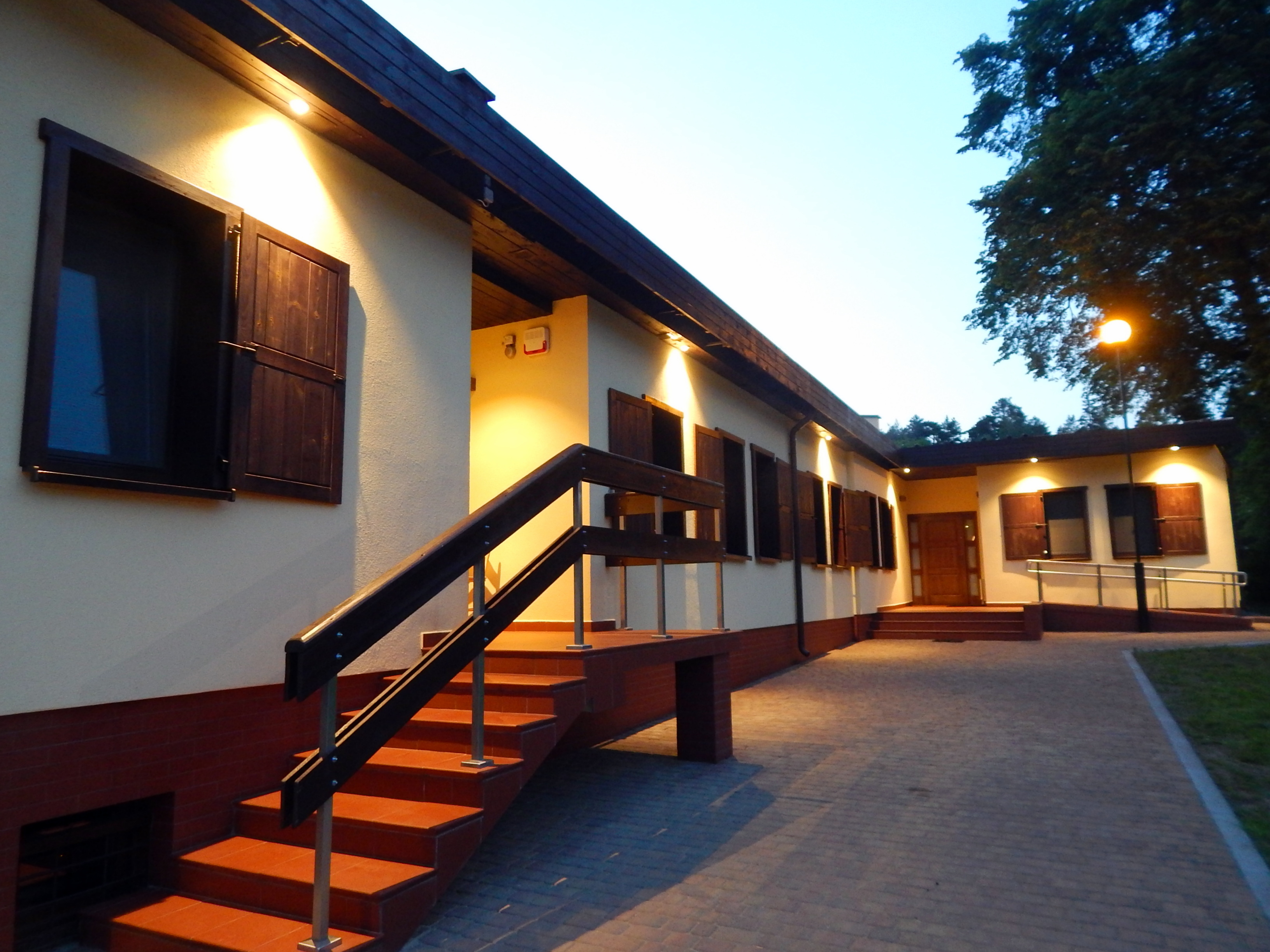
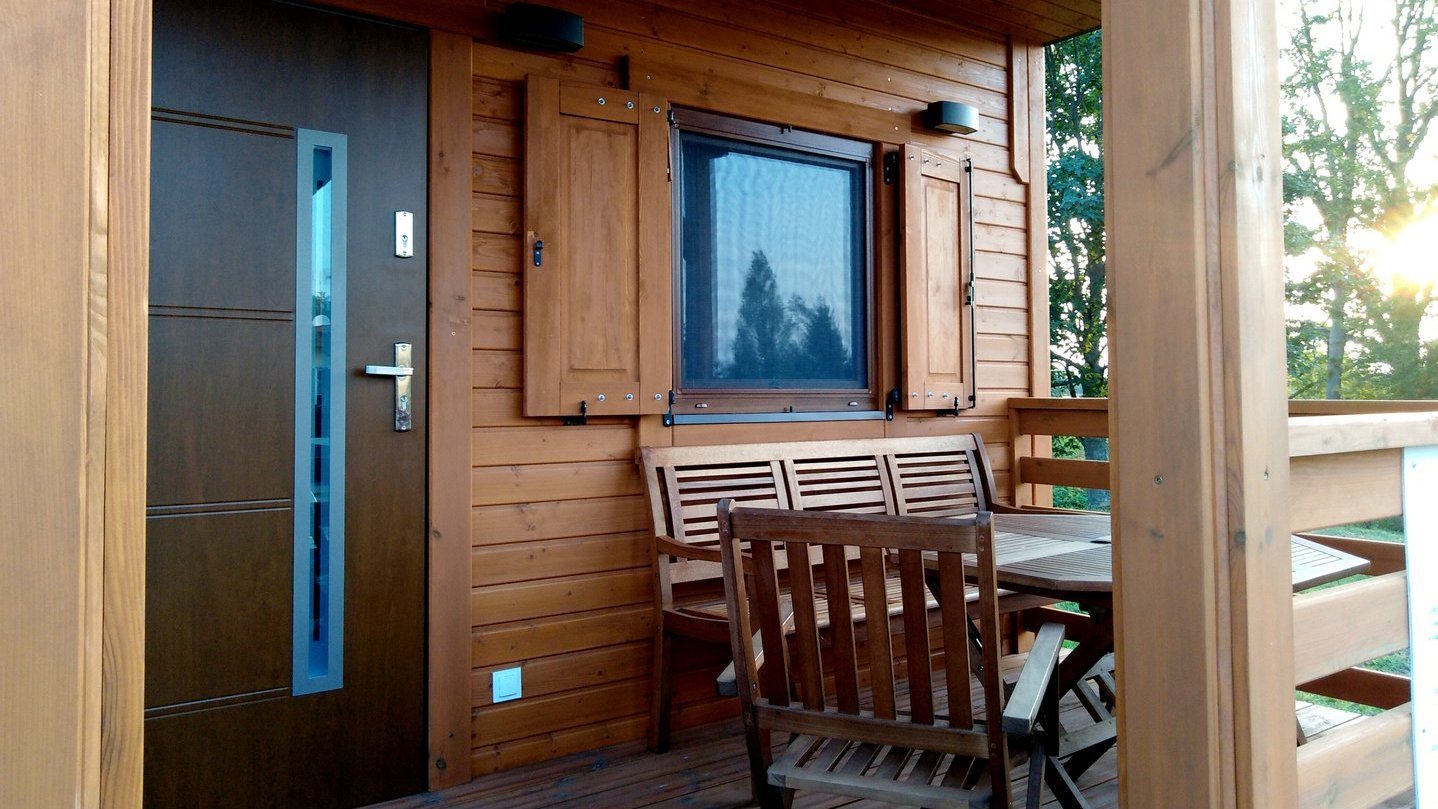
![[Translate to English:] stacja terenowa w Suszku](/fileadmin/Jednostki/CZM/SUSZEK/2-1.jpg)
![[Translate to English:] stacja terenowa w Suszku](/fileadmin/Jednostki/CZM/SUSZEK/2-suszek-%E2%80%94-kopia-%E2%80%94-kopia.jpg)
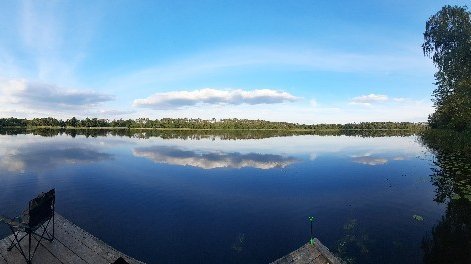
![[Translate to English:] stacja terenowa w Suszku](/fileadmin/Jednostki/CZM/SUSZEK/3-1024x610.jpg)
![[Translate to English:] stacja terenowa w Suszku](/fileadmin/Jednostki/CZM/SUSZEK/4s.jpg)
![[Translate to English:] stacja terenowa w Suszku](/fileadmin/Jednostki/CZM/SUSZEK/6s.jpg)
![[Translate to English:] stacja terenowa w Suszku](/fileadmin/Jednostki/CZM/SUSZEK/11s.jpg)
![[Translate to English:] stacja terenowa w Suszku](/fileadmin/Jednostki/CZM/SUSZEK/12s.jpg)
![[Translate to English:] stacja terenowa w Suszku](/fileadmin/Jednostki/CZM/SUSZEK/cluster-2987.jpg)
![[Translate to English:] stacja terenowa w Suszku](/fileadmin/Jednostki/CZM/SUSZEK/cluster-1158-1.jpg)
![[Translate to English:] stacja terenowa w Suszku](/fileadmin/Jednostki/CZM/SUSZEK/DSCN2523.jpg)
![[Translate to English:] stacja terenowa w Suszku](/fileadmin/Jednostki/CZM/SUSZEK/20151126_114524.jpg)
![[Translate to English:] stacja terenowa w Suszku](/fileadmin/Jednostki/CZM/SUSZEK/107154153.jpg)
![[Translate to English:] stacja terenowa w Suszku](/fileadmin/Jednostki/CZM/SUSZEK/B1.jpg)
![[Translate to English:] stacja terenowa w Suszku](/fileadmin/Jednostki/CZM/SUSZEK/B2.jpg)
![[Translate to English:] stacja terenowa w Suszku](/fileadmin/Jednostki/CZM/SUSZEK/B3.jpg)
![[Translate to English:] stacja terenowa w Suszku](/fileadmin/Jednostki/CZM/SUSZEK/B5.jpg)

![[Translate to English:] Pokoje w stacji terenowej Suszek](/fileadmin/Jednostki/CZM/SUSZEK/pokoje/chatka-wewn.jpg)
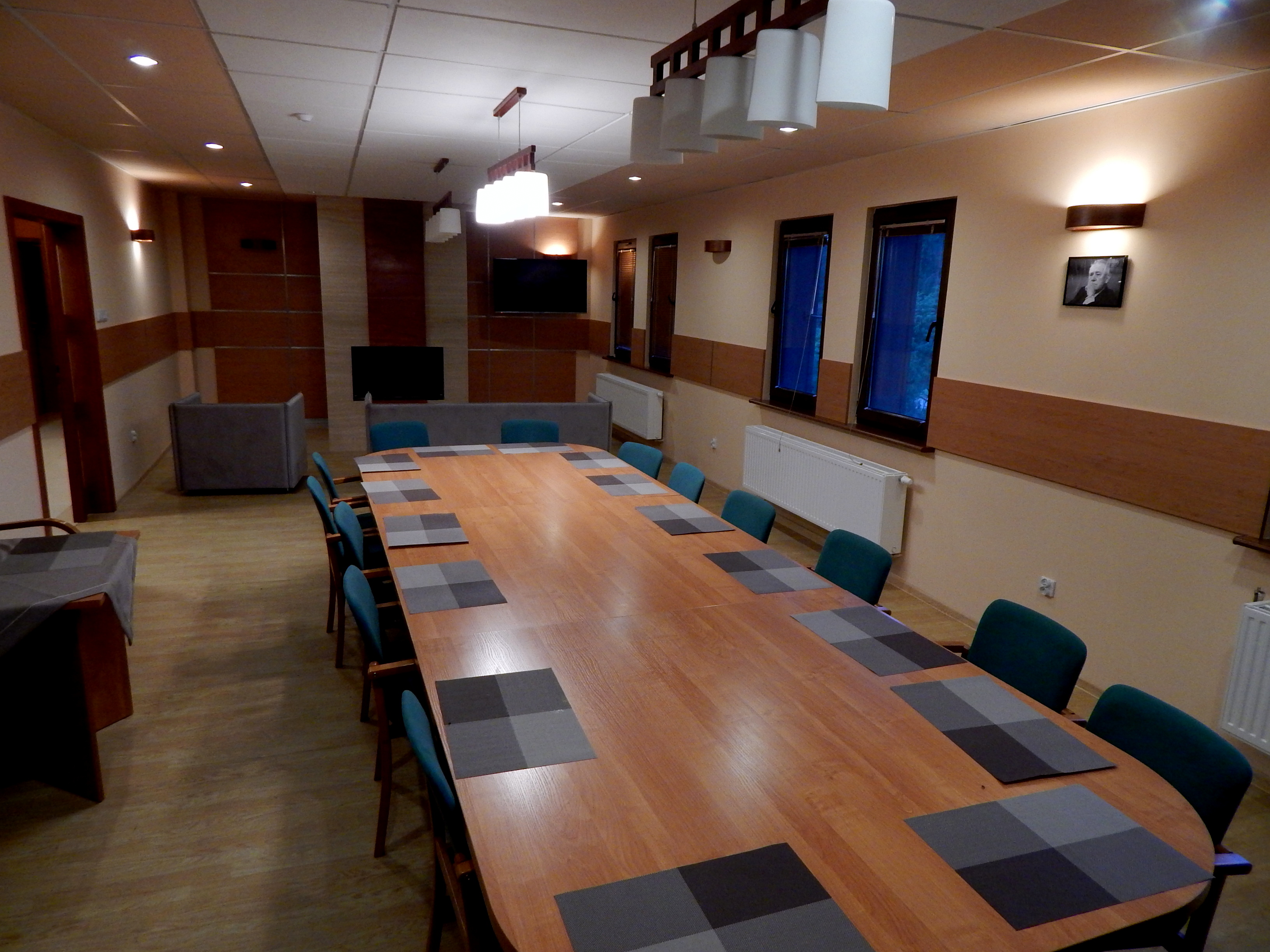
![[Translate to English:] Pokoje w stacji terenowej Suszek](/fileadmin/Jednostki/CZM/SUSZEK/pokoje/D2.jpg)
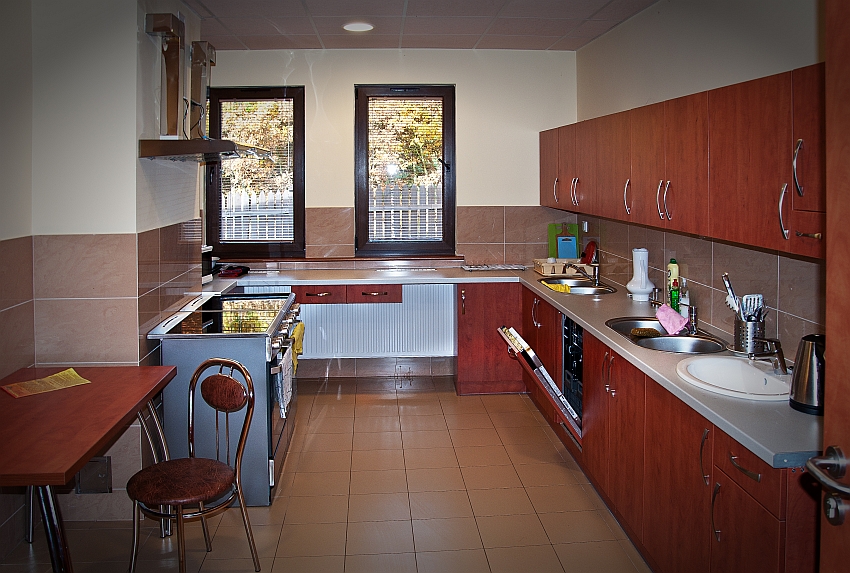
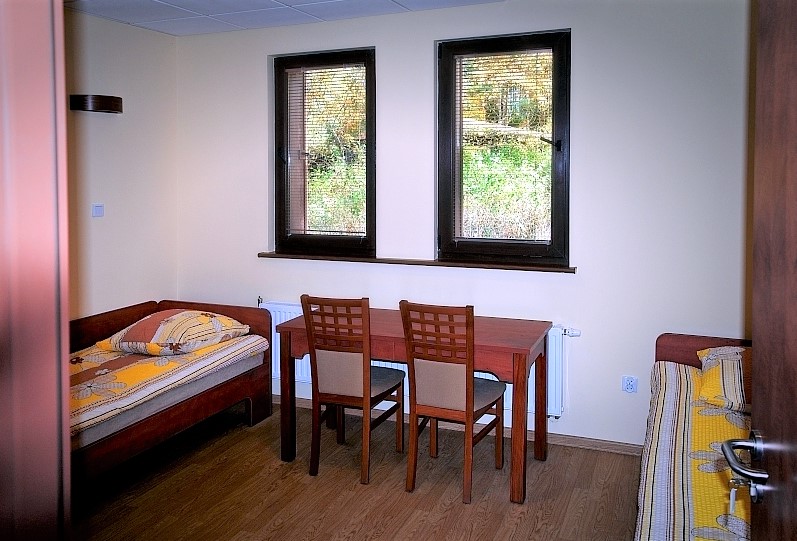
![[Translate to English:] Pokoje w stacji terenowej Suszek](/fileadmin/Jednostki/CZM/SUSZEK/pokoje/D4.jpg)
![[Translate to English:] Pokoje w stacji terenowej Suszek](/fileadmin/Jednostki/CZM/SUSZEK/pokoje/DSCN2512-001.jpg)
![[Translate to English:] Pokoje w stacji terenowej Suszek](/fileadmin/Jednostki/CZM/SUSZEK/pokoje/DSCN2515.jpg)
